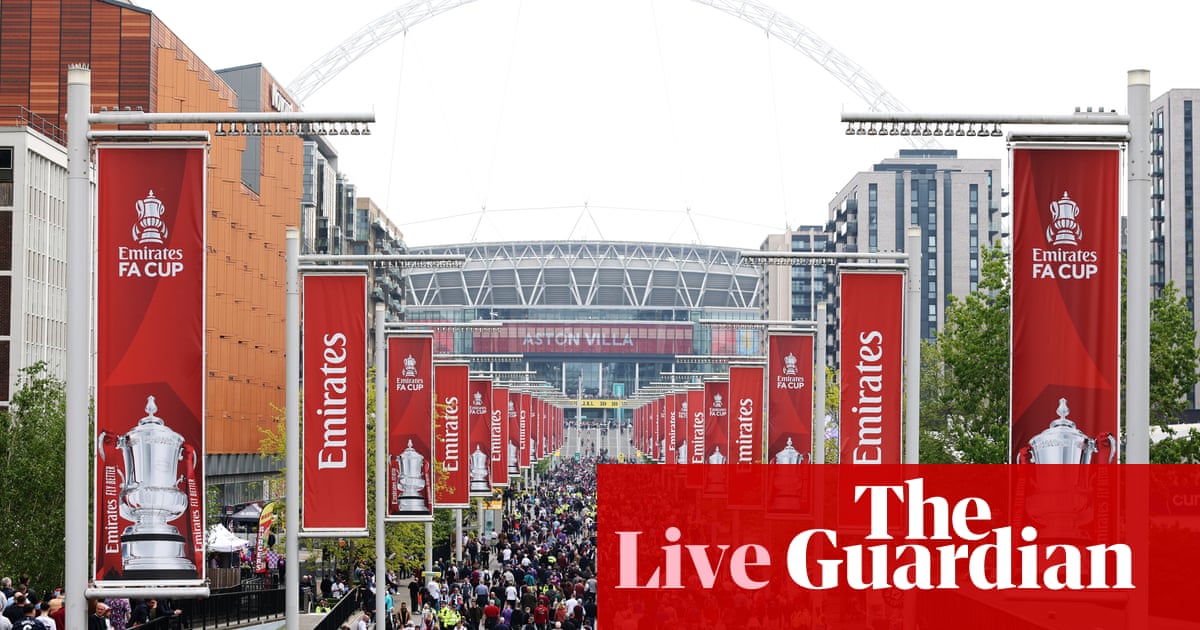Carbon offset funding received from developers should be spent mostly on energy efficiency, renewable energy and district heating projects, according to guidance from the mayor of London. But some councils say the amount of funding they receive is often not enough to cover the cost of these kinds of projects.
However, others have found solutions to this by combining their offset cash with other sources of funding to pay for major projects. Perhaps the most innovative example of this is Islington council’s award-winning Bunhill heat and power network in north London, which has received more than £5m in offset funding.
It is said to be the first scheme in the world to harness warm air from underground train networks and use it to provide lower cost, greener energy.
It first launched in 2012, providing cheaper and greener energy to 800 homes on estates near Old Street. The Bunhill 2 extension, which opened in 2020, is housed in a disused London Underground station between Angel and Old Street. It takes warm air from Northern line tube tunnels and uses it to heat water, which is then pumped into 1,350 homes, a school and two leisure centres, lowering energy bills and providing low-carbon heating. It also generates greener electricity, which is fed back into the underground network and a nearby tower block, powering its communal lighting and lifts.
Rowena Champion, Islington council’s environment lead, said it was a “great example of smart, green thinking”. “We’re taking heat that would’ve gone to waste and using it to warm people’s homes,” she said. “It means lower energy bills for residents and less pollution, which is really important right now with the cost of living continuing to increase.
Ealing council is also using its offset fund to decarbonise its leisure centres. An £800,000 grant has helped it replace traditional gas boilers with air-source and water-source heat pumps at three leisure centres in the borough.
Other councils are using their carbon offset cash to fund retrofitting projects across council housing, sheltered housing and community buildings. Many others are giving a proportion of it away. Guidance states that such projects, which have “less tangible carbon savings”, can be funded but should not receive most of the funding pot.
Since launching in 2022, Hackney’s community energy fund has received just over £1m in carbon offset funding. This cash has helped schools, faith organisations and charities install solar panels and deliver education programmes.

It has also helped support initiatives such as the east London council’s microgrid development, a UK-first project that allows council housing tenants to buy discounted energy supplied directly by solar panels on their buildings thanks to an innovative localised electricity grid. Historically, solar panels on blocks of flats could only be used to supply electricity to the grid or to power communal areas. About 4,000 solar panels are being installed at 28 blocks across three estates in the borough. About 800 households will have the chance to sign up for the scheme, which will generate about 1MW of electricity, or a fifth of the blocks’ energy needs.
Caroline Woodley, the mayor of Hackney, said: “The carbon offset fund has played a crucial role in empowering our communities to take meaningful climate action. It has allowed us to help schools teach children about energy and the environment, support faith groups to make their buildings warmer and more efficient, and give charities the tools to cut costs and carbon at the same time.”
Kensington and Chelsea council is using all of its carbon offset funding – including that which has not yet been spent – to fund major retrofit projects at local schools and social housing estates.
A spokesperson said some of the borough’s schools were built more than 140 years ago and have poor energy efficiency. As such, they make up nearly 10% of the council’s greenhouse gas emissions, and the council plans to retrofit all of them.
The project will decarbonise heat systems by replacing gas boilers with heat pumps, installing new pipes to replace failed heating distribution systems and installing new windows and radiators.

.png) 7 hours ago
6
7 hours ago
6













































